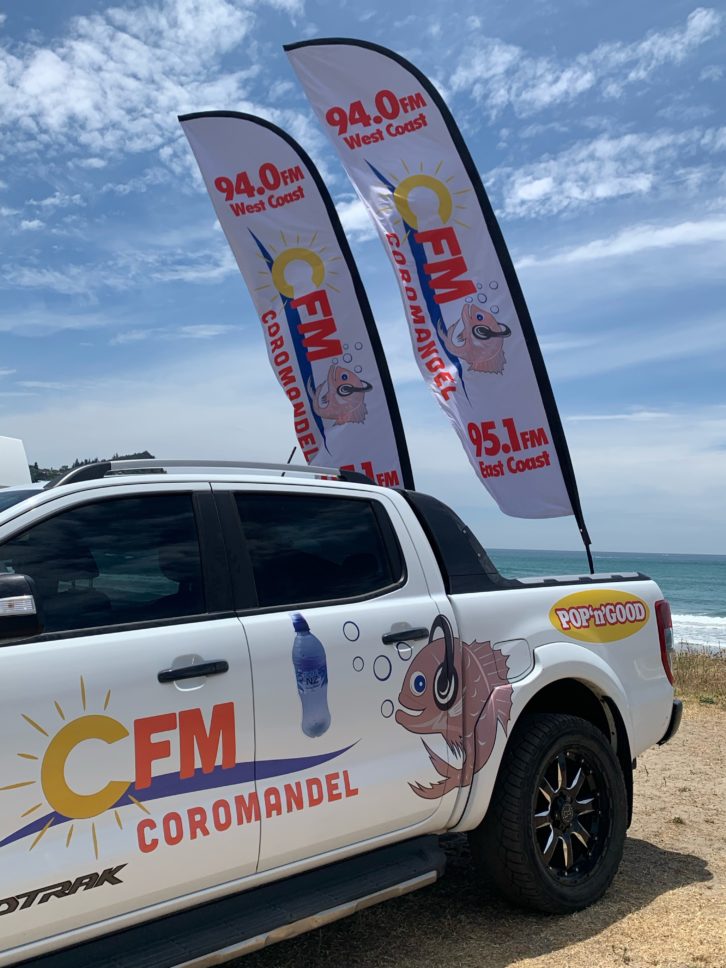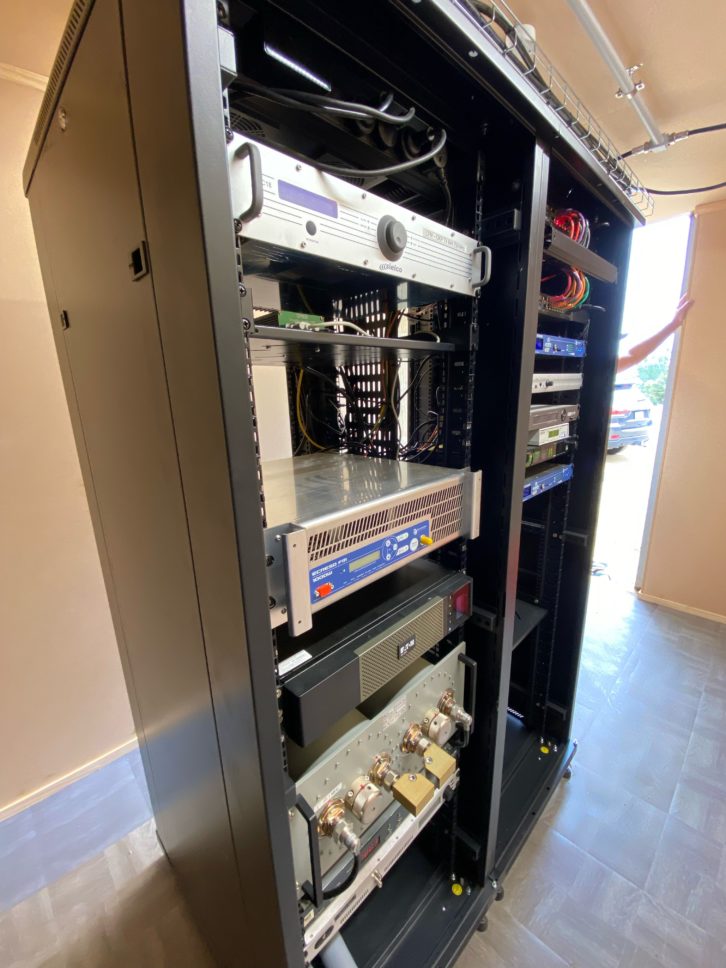
In Radio World’s Aug. 3 issue, the Buyer’s Guide section focuses on audio transport, including codecs and STLs.
The Coromandel Peninsula on the North Island of New Zealand extends 53 miles north from the western end and is 25 miles wide at its broadest point. A majority of its population lives on the narrow coastal strips fronting the Hauraki Gulf and the Bay of Plenty.
In clear weather the peninsula is visible from Auckland, the country’s biggest city, 34 miles to the west.
The peninsula is steep and hilly and largely covered in bush. The Coromandel Range forms the spine for most of the peninsula, with the highest point at nearly 3,000 feet. It has a permanent population of around 30,000 and approximately 60,000 reside in the station’s broadcast coverage area.
On securing a single FM license in one of the towns on the peninsula, the challenge for the station owners was how to maximize their investment by extending coverage into other towns across such a rugged area. The main competitor used no fewer than 12 frequencies to provide coverage in a similar area.
[Read More Buyers Guide Reviews Here]

Radio Coromandel partnered with Auckland-based consultants Southern Broadcast, who developed a plan to deploy synchronous transmitters along the eastern coast. The NZ regulator later referred to this plan as an “efficient use of radio spectrum.”
The station has four synchronous sites broadcasting on the same frequency. In order to carry IP traffic from the first transmission site to the four other linked sites the station established its own microwave radio network.
The system uses Ecreso Digital SFN-enabled FM transmitters and APT Digital MPX IP codecs with SynchroStream technology. The accuracy of SFN timing allows almost total elimination of “mush zones.”
“The synchronous transmission works well and has become a very popular feature,” said station owner John Grant. “Many listeners commented on how easy it is to stay tuned to our station that has seamless coverage down one entire coast and across hills on a single frequency. We could not have achieved this without WorldCast APT codecs and Ecreso transmitters.”







